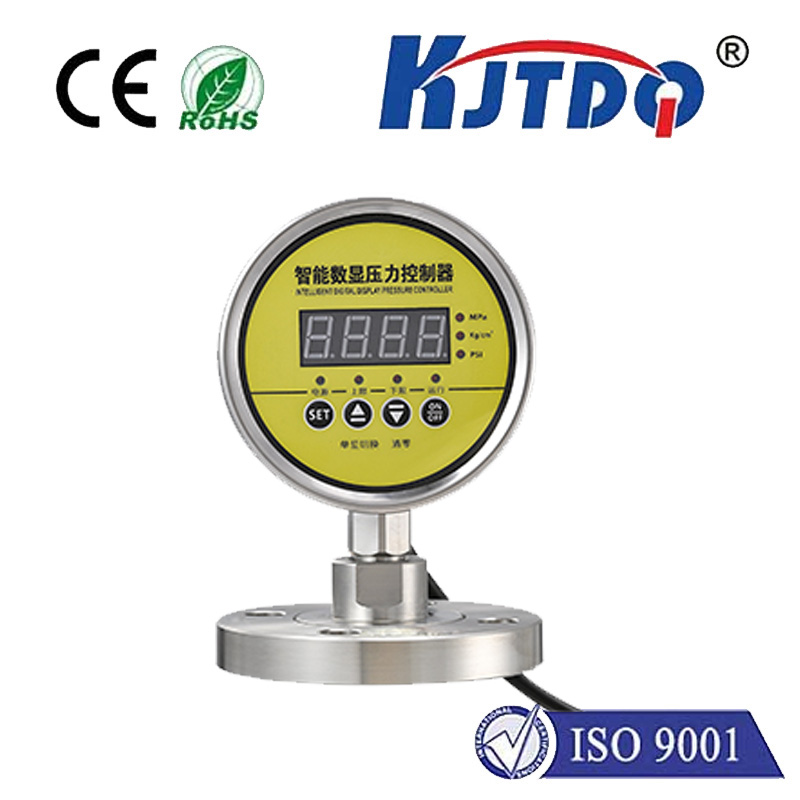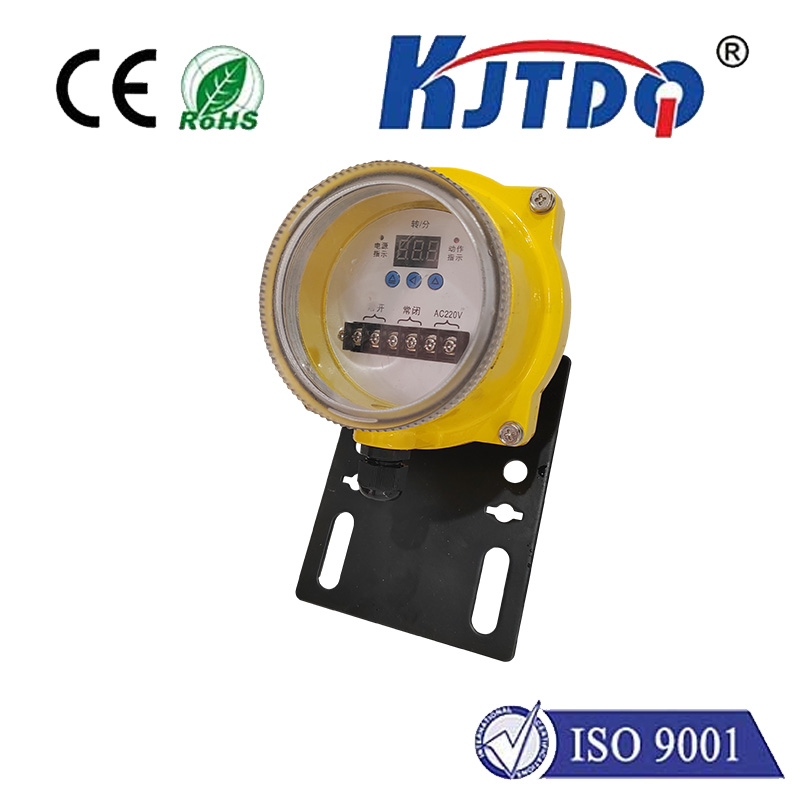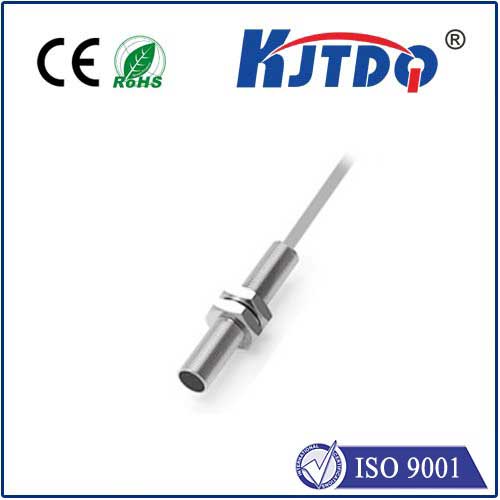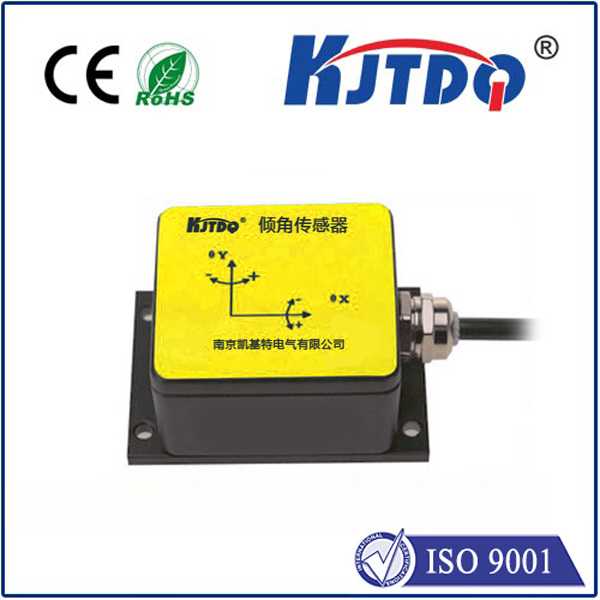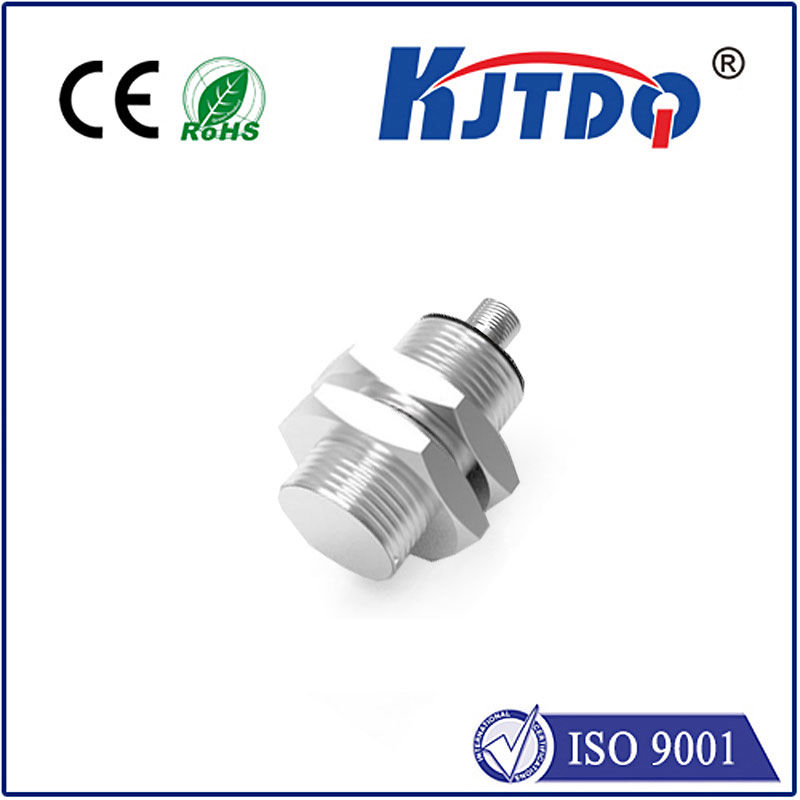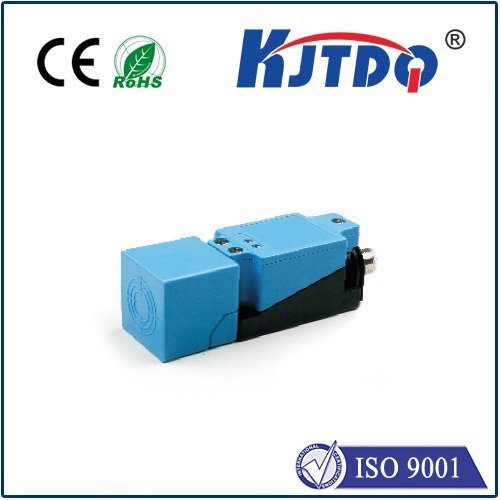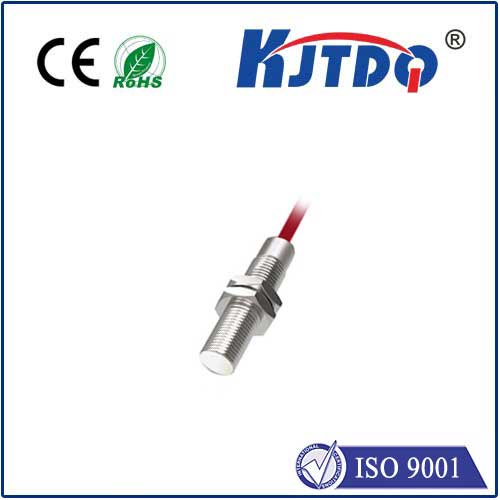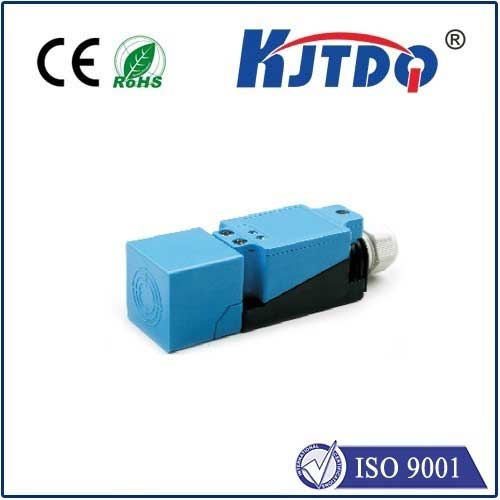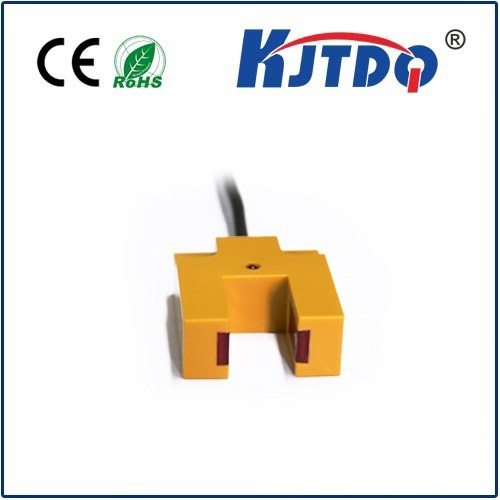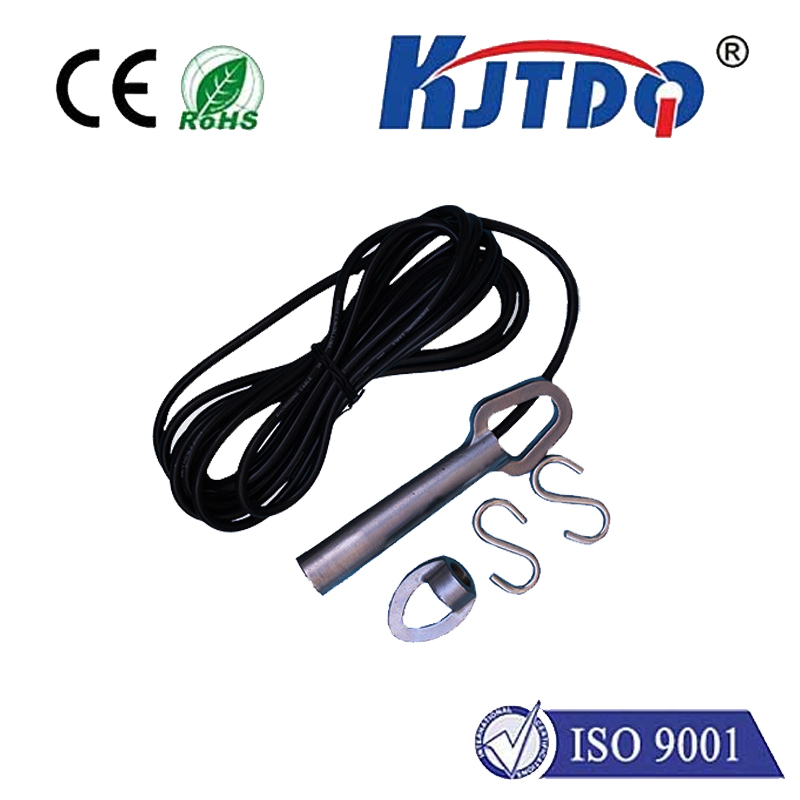

check

check

check

check

check

check

check

check

check

check
The Role of Cylinder Limit Switches in Machinery Automation
Cylinder limit switches are crucial components in machinery automation, as they help regulate the movement and positioning of hydraulic or pneumatic cylinders. These switches serve as sensors that detect when a cylinder has reached its predefined limits, either at the start or end of its stroke. By doing so, they ensure precise control over the machine's operations, enhancing both efficiency and safety.
In essence, a cylinder limit switch is a device that sends an electrical signal to a control system when the cylinder piston reaches a specific position. This signal triggers various actions, such as stopping or reversing the direction of the cylinder, depending on the application requirements. The switch typically consists of an actuator arm that physically contacts the piston or another part of the cylinder assembly to activate the sensor.

One key advantage of using cylinder limit switches is their ability to prevent damage caused by overextension or compression of the cylinder. If a machine continues to operate without proper limits, it can cause significant strain on the mechanical components, leading to premature wear and tear or even catastrophic failure. By setting clear boundaries for the cylinder's travel, limit switches protect against these risks and extend the lifespan of the equipment.
Moreover, cylinder limit switches play a vital role in process control applications where accurate positioning is essential. For instance, in manufacturing lines where products must be loaded or unloaded at specific points, limit switches ensure that the cylinder stops precisely at the desired location each time. This consistency improves product quality and reduces waste due to errors in handling.
In addition to their functional benefits, cylinder limit switches also contribute to energy conservation efforts. By preventing unnecessary movement beyond set limits, they reduce energy consumption associated with running motors and pumps unnecessarily. This not only saves costs but also aligns with sustainable practices that prioritize resource efficiency and environmental stewardship.
To maximize the effectiveness of cylinder limit switches, it is important to select the right type for a given application. There are different models available, including mechanical, magnetic, and solid-state switches, each offering unique advantages based on factors such as operating environment, required accuracy, and durability concerns. Proper installation and maintenance of these switches are also critical to maintaining reliable performance over time.
In conclusion, cylinder limit switches are indispensable tools in automation systems, providing essential feedback for controlled movements within machines. They enhance operational precision, protect equipment from damage, facilitate consistent processes, and contribute to energy-saving practices. As technology continues to advance, the integration of more sophisticated limit switches will undoubtedly further enhance our ability to automate complex tasks with greater efficiency and safety.
